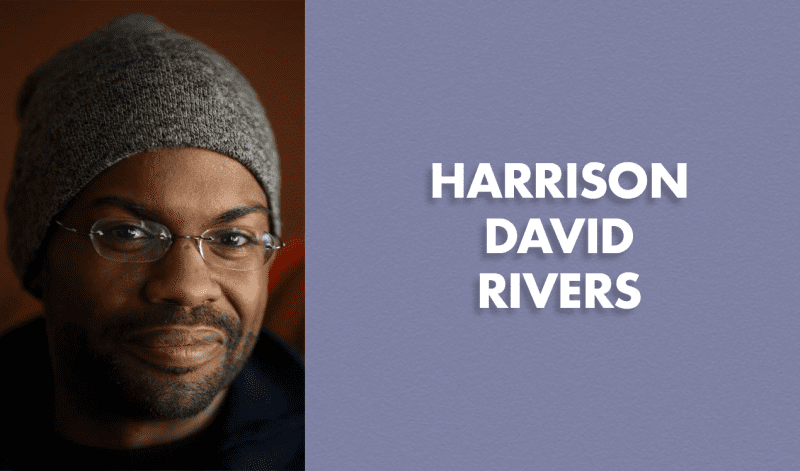Teaching Artist Leah Reddy spoke with playwright Harrison David Rivers about the bandaged place.
Leah Reddy: What is your theatre origin story?
Harrison David Rivers: I was a music kid first. I played the piano and the violin and the viola. I sang. And then singing led to musicals. And musicals led to plays.
LR: Once you were interested in theatre, how did you pursue it? Did you have any particularly impactful teachers, mentors, or experiences?
HR: Honestly, I wouldn’t even call it pursuit. Pursuit makes it sound like I knew what I was doing. Like I had a plan. Theatre made me feel good and it was fun so I just kept doing it.
But I always felt supported. By my parents – even though they didn’t always UNDERSTAND exactly what I was doing – and by my teachers.
I owe a huge debt to Jon Tazewell and Peter Rutkoff at Kenyon College. To Charles Mee and Kelly Stuart at Columbia.
To New York Theatre Workshop and P73 and the Public Theater’s Emerging Writers Group. To the 24 Hour Plays. To The Movement Theatre Company. And to the Playwrights’ Center.
And, in particular, to David Adjmi, Christina Ham, and David Mendizábal.
LR: What plays, playwrights, or other artworks inspire you?
HR: Honestly, too many to name.
But some key folks:
Fellow Kansan, Gordon Parks.
Essex Hemphill.
James Baldwin.
Nina Simone.
Taylor Stanley.
Melissa Gibson.
Dael Orlandersmith.
Angels in America.
Six Degrees of Separation.
LR: What inspired the bandaged place?
HR: During my first week of grad school, I was stabbed by my then-boyfriend.
The dean of the school recommended that I go home to heal – my family lives in Kansas – but I didn’t want to leave. I felt like I couldn’t leave. That if I left, everything that I’d worked so hard for would be lost. So I stayed. But I was clearly not okay so the dean arranged for me to see a therapist.
She, genius she, suggested that I write about how I was feeling. Those initial writings became the bandaged place.
It’s taken 11 years for this play to get to today.
So often playwriting is about patience and resilience – more than anything else.
LR: Dance plays a major role in the bandaged place. Can you talk about your own relationship to dance or your curiosity about dance that informs the play?
HR: I’m not a dancer.
I took a few classes in high school.
And a few more in college.
But I’ve always been drawn to the body.
How it moves.
How its movement tells a story.
And this story, in specific, has always felt best expressed through dance.
LR: You and director David Mendizábal have a long history as collaborators. What makes your work together successful? What do you look for in a collaborator?
HR: David and I have known each other for 15 years.
He’s my frequent collaborator and confidante.
My one-time roommate.
A member of my wedding party.
My best friend.
There’s a trust there.
Borne of shared experiences.
Theatre experiences and life experiences.
David gets me.
He gets my work.
My words.
My… me.
David was one of the first people to express unequivocal support for my art.
We met, and he was all in.
And that means… well, everything.
LR: What advice do you have for emerging playwrights?
HR: Write.
Don’t be afraid of failure, of not being perfect, of falling on your face.
Just write.
Sometimes you need to fall on your face to really grow.
And be kind.
Mostly because it’s the right thing to do.
And also because you never know who anyone’s going to be.
That PA
Or that assistant director
Or that ensemble member
They could be… anyone in five years, 10 years…
They could be an advocate.

